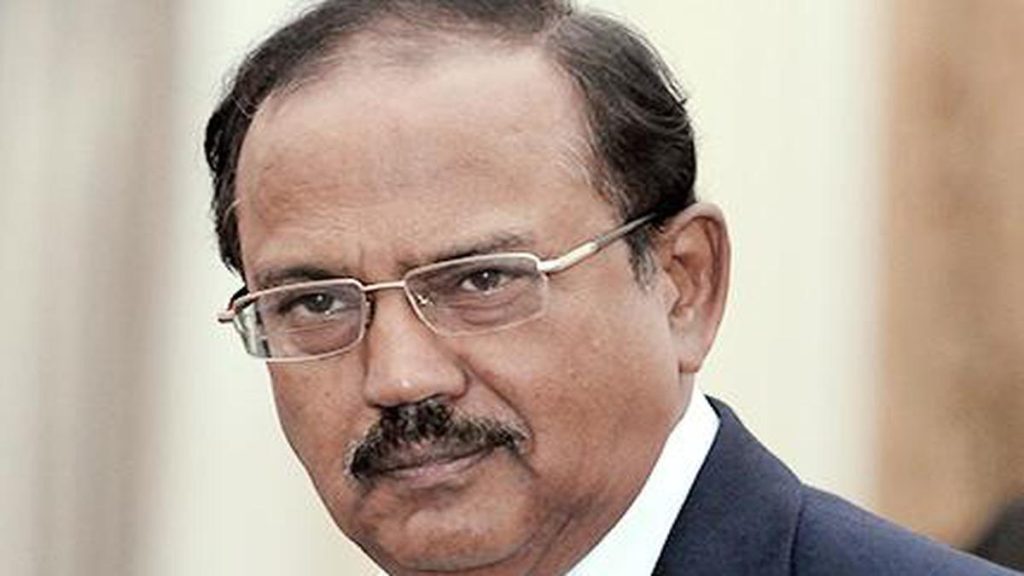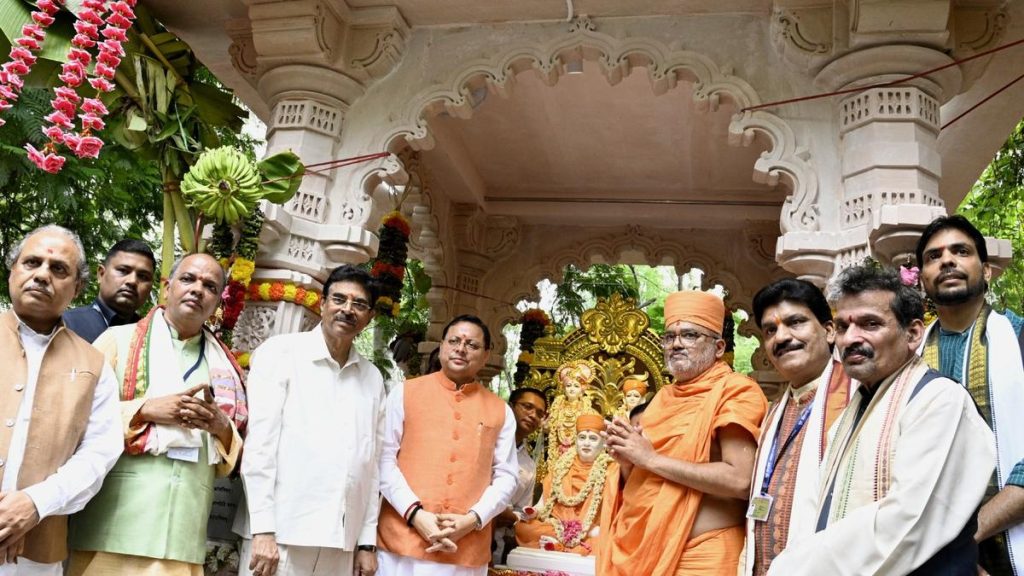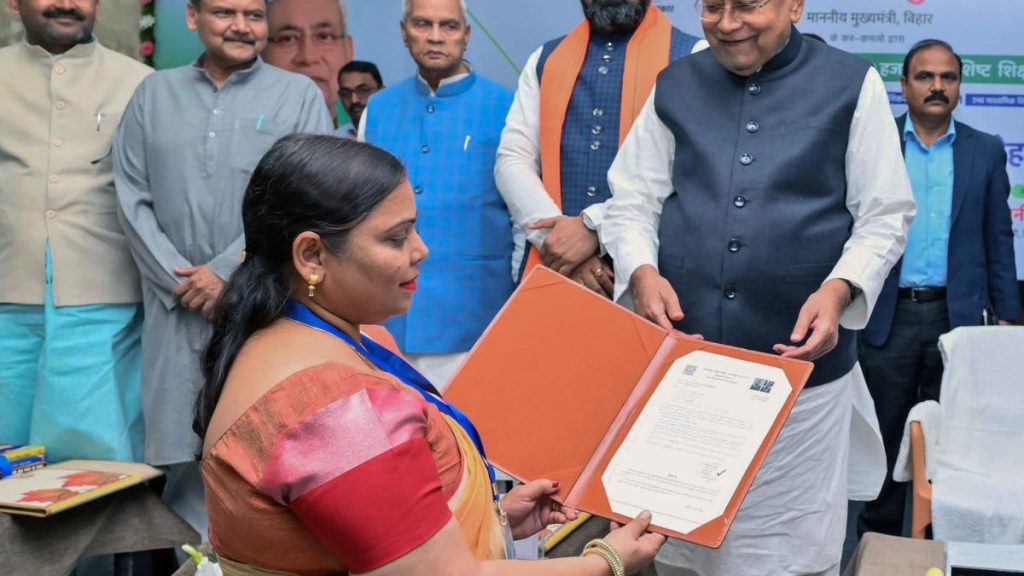Now Reading: 10,000-Year Study Explores Inequality Across Civilizations
-
01
10,000-Year Study Explores Inequality Across Civilizations
10,000-Year Study Explores Inequality Across Civilizations

Quick Summary
- A study examining over 1,000 settlements globally, covering the last 10,000 years, investigated the ancient patterns of social inequality.
- Researchers used house sizes as a measure of wealth and calculated Gini coefficients-a common metric for wealth inequality-across 50,000 houses from sites in Mesoamerica, North America, Europe, and Asia.
- Findings reveal that social inequality is not inevitable. Societies employed varying mechanisms like taxation systems or redistribution laws to limit disparities through history.
- Historical data challenges the notion that inequality naturally increases wiht population growth or governmental complexity. Wealth distribution was influenced by societal choices rather then universal trends.
- Examples include ancient Athens redistributing wealth via public works funded by wealthy citizens and debt cancellation mechanisms tied to inheritance laws in various societies.
- The study was part of The Global Dynamics of Inequality (GINI) Project and published in PNAS. Researchers emphasized empirically tracking broad patterns across multiple cultures and timescales.
Indian Opinion Analysis
The findings underscore significant lessons for economies such as India grappling with systemic economic disparities amidst rapid population growth and evolving governance structures. The empirical evidence suggesting that societal policies-like redistribution initiatives-play a central role in checking inequities provides valuable insight for modern nations aiming to balance growth with equity.For India specifically, these historical lessons can be reflected on when designing forward-looking strategies like inheritance taxes or inclusive public programs aimed at narrowing wealth gaps.
Moreover, India’s rich archaeological heritage demonstrates parallel concepts around community well-being seen in equitable designs of ancient settlements like Harappa. With approximately 22% of it’s urban workforce below poverty lines (as per a recent report), strengthening structural responses to economic imbalances while acknowledging cultural diversity might align future development goals with equitable outcomes.
Such nuanced data advances critical global discussions about rethinking policy frameworks prioritizing equality over inevitability narratives-a discourse particularly relevant for policymakers navigating India’s socioeconomic complexities today.


























